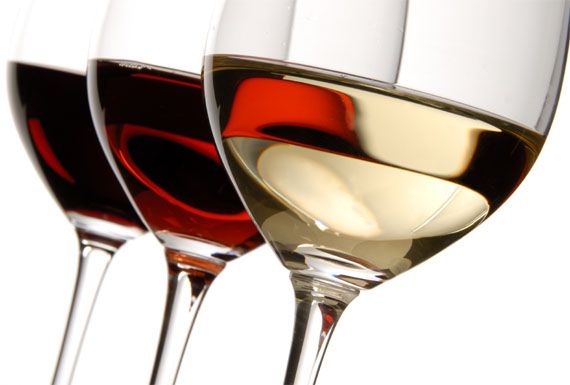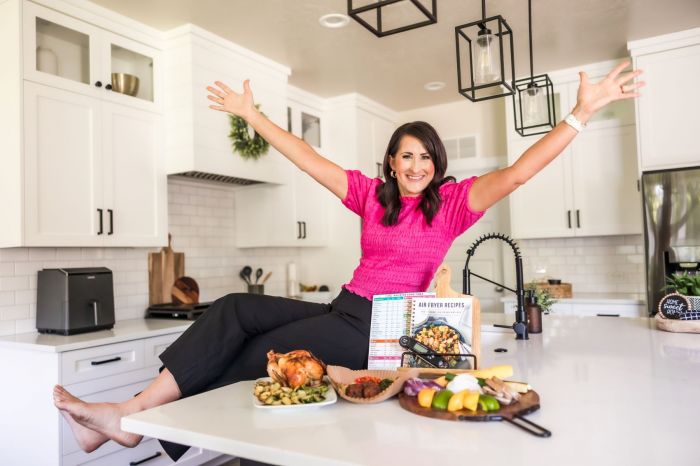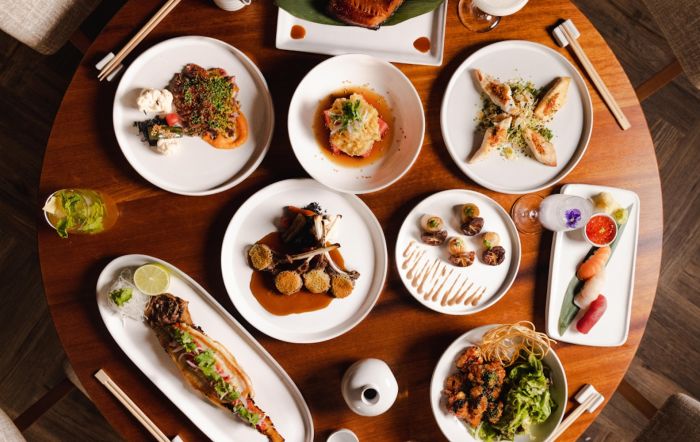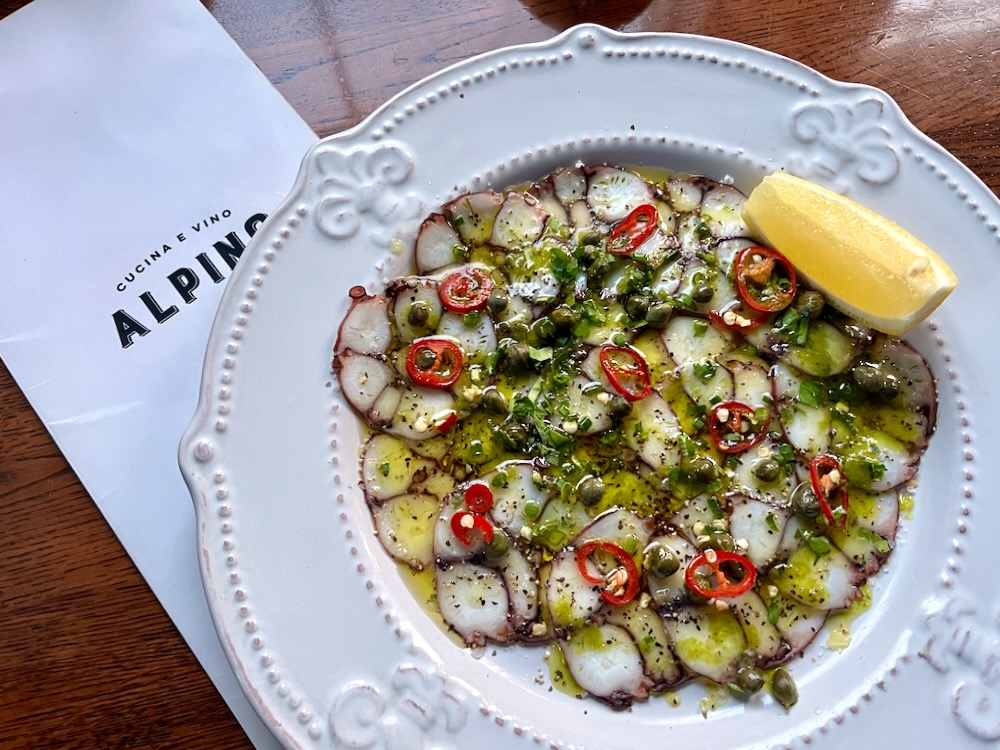
 Acidic Wines
Acidic WinesAcidic wines, such as the Thornton NV Brut and 2001 Sauvignon Blanc are exceptional with sour, acidic, or salty food. Thornton sparkling wines generally pair with salty foods because the acidity cuts the saltiness.
Sweet Wines
Sweet wines, such as the 2002 Muscat Canelli and Cuvée de Frontignan, go well with sweet foods. The sweetness of the wine and the sweetness of the food will cancel each other out. However, be careful not to pair a wine with food that is sweeter than the wine.
Dry Wines
Dry wines, such as the Thornton 2000 Reserve Merlot, 2000 Nebbiolo, 2000 Côte Red, have a high level of tannins and will make bitter foods taste less bitter. Tannic wines are also calmed by protein, making rare beef an excellent choice for pairing.
 Light-body and Full-body Wines
Light-body and Full-body WinesThere are many other aspects of wine pairing to take into consideration. Try pairing light-bodied wines with lighter food and fuller-bodied wines with heartier, more flavorful, richer and fattier dishes. Also, consider how the food is prepared. Is there a sauce, seasoning or dominant flavor of the dish? How is the food cooked? If poached or steamed, a delicate wine would pair appropriately. If grilled, braised, roasted or sautéed, a more flavorful wine would pair well.
Pairing Flavors
Match the flavors of the food with the wine. It is important to read the wine notes or the back of the label for information on what flavors are dominant in a wine. For example, the cranberry taste of Thornton Cuvée Rouge goes with holiday turkey for the same reason that cranberry relish does. Try creating new flavor sensations by pairing opposites. Very hot or spicy food works best with sweet dessert wines, such as the 2002 Muscat Canell.
The goal of pairing wine and food is synergy and balance. The food and wine should complement one another, and not be overpowering. The “perfect match” will bring out the nuances and enhance the flavors and unique characters of both the food and the wine. Bon Appetite!
This post originally appeared at ThorntonWine.com, courtesy of CityRoom.com.














